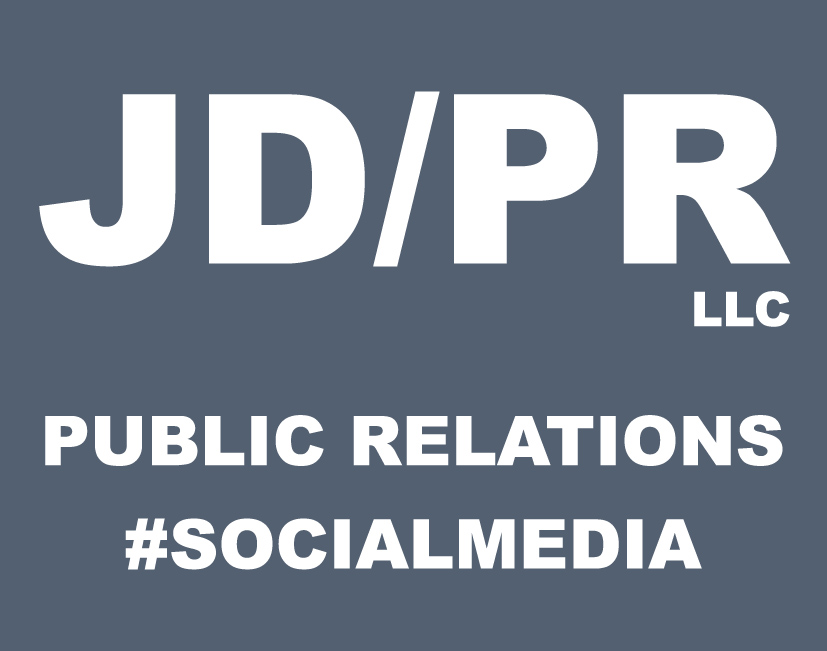What the media wants (and when)
Brevity is the answer when it comes to helping journalists, two recent studies show.
Thinking of abandoning Twitter (now X) in the face of all the Elon Musk drama? Not such a good idea if you work in PR. Most journalists turn to online newspapers (57%) or X (18%) first for news, according to a 2022 survey by Muck Rack.
Another reason to stay in the social media game: reporters value these platforms the most when gathering information for their stories:
Twitter 77%
Facebook 39%
LinkedIn 24%
Instagram 18%
YouTube 16%
Muck Rack found that 60% of journalists will consult a companyʼs social media in their reporting, so an abandoned Twitter or Facebook account won’t help.
Once your social media accounts are optimized and updated, when do most journalists want to receive your story pitch? Early in the work week is best, with Monday on top, then slight dips as the week goes on. Earlier is better for timing of your 1:1 (not mass distributed) email, with 67% of journalists preferring to receive pitches between 5 a.m. and noon.
Finally, get to the point: 68% of journalists prefer pitches fewer than 200 words. The longer the pitch, the less it will be considered or even viewed. (So far, this post is 177 words, so your pitch would need to wrap up soon!)
While you’re at it, keep the subject line short. A separate study by Propel validated the need for brevity: the most engaging subject lines were 1-5 words long.
Propel found the pitches with subject lines 1-5 words long had the highest average journalist response rate (5.59%). The least engaging subject lines were the longest (16+ words) with an average journalist response rate of 1.87%.
Of 100 pitches journalists receive, they only respond to about 3 of them, Propel found. Journalists responded the most to the shortest pitches, with 50-149 receiving the best result.


Leave a Reply
Want to join the discussion?Feel free to contribute!